Taiwan’s real GDP is expected to fall 1.9 percent quarter-on-quarter this quarter due to weak consumption, which would be the first quarterly GDP decrease since a dip of 0.81 percent in the second quarter of last year, Cathay Financial Holding Co (國泰金控) said yesterday.
As COVID-19 infections have risen since the middle of last month and a nationwide level 3 alert has brought strict virus control measures, private consumption lost steam, especially big-ticket spending, said Hsu Chih-chiang (徐之強), a professor of economics at National Central University who heads a research team commissioned by Cathay Financial.
Even a slight dip in private consumption would take a toll on the local economy, as it is an important pillar, Hsu said.
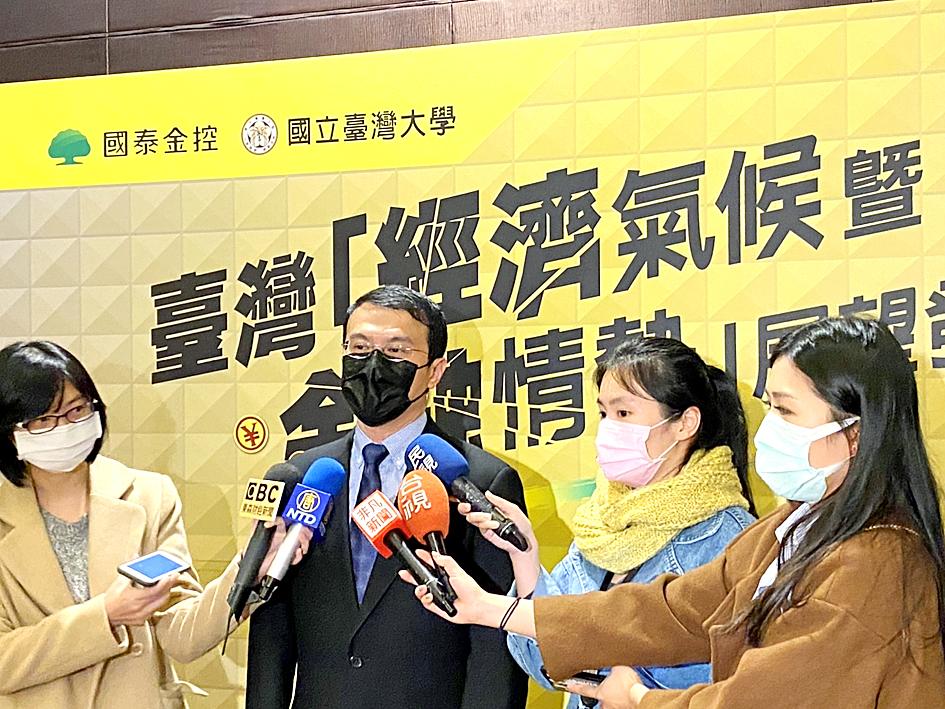
Photo: Allen Wu, Taipei Times
Nominal private consumption was about NT$9.6 trillion (US$342.78 billion) last year, accounting for 48 percent of the nation’s GDP of NT$19.76 trillion, Directorate-General of Budget, Accounting and Statistics (DGBAS) data showed.
“The pandemic has cast a shadow over private consumption for half of the second quarter, but exports, which hit a record at US$37.4 billion last month, have cushioned the impact, or the quarterly decrease might be more severe,” Hsu said.
Consumption could regain momentum in September at the earliest if the outbreak is contained, in which case real GDP growth would return to positive territory with a quarterly rise of 0.8 percent, he said.
“We assumed that the level 3 alert would end on June 28 when we ran the prediction model, but the government today announced an extension to July 12, so consumption recovery might be delayed further,” Hsu said, adding that consumption would not immediately rebound as people would initially be conservative.
Moreover, consumption will not fully recover if vaccination rates are low, but it is difficult to forecast when the vaccination rate in Taiwan would reach 60 percent, an estimated threshold for herd immunity, he said.
Due to the disruption in the second quarter and part of the third quarter, Cathay Financial revised downward its forecast for the annual increase of private consumption to 2.39 percent for the whole of this year from 3.63 percent projected in March, he said.
On a year-on-year basis, real GDP growth is predicted to rise 5 percent, compared with an annual rise of 8.92 percent in the first quarter, Hsu said.
Annual GDP growth is estimated to be 7 percent for the first half of this year, but it would slow to 3 percent in the second half in light of a high comparison base and virus disruptions, he said.
Cathay Financial revised upward its forecast for GDP growth for the whole year to 5 percent from 4.2 percent projected in March on the back of stronger-than-expected exports, Hsu said, adding that this year’s real GDP growth might reach 6 percent if there is no virus surge.
Overall, it is likely that real GDP growth would be higher than last year’s 3.12 percent, he said.
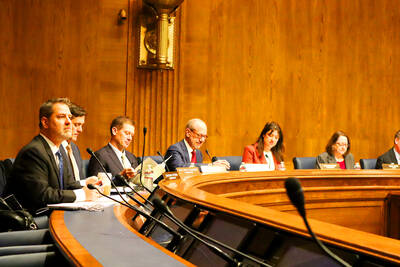
LIMITS: While China increases military pressure on Taiwan and expands its use of cognitive warfare, it is unwilling to target tech supply chains, the report said US and Taiwan military officials have warned that the Chinese People’s Liberation Army (PLA) could implement a blockade within “a matter of hours” and need only “minimal conversion time” prior to an attack on Taiwan, a report released on Tuesday by the US Senate’s China Economic and Security Review Commission said. “While there is no indication that China is planning an imminent attack, the United States and its allies and partners can no longer assume that a Taiwan contingency is a distant possibility for which they would have ample time to prepare,” it said. The commission made the comments in its annual
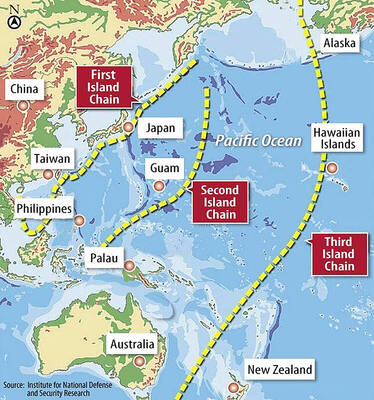
DETERMINATION: Beijing’s actions toward Tokyo have drawn international attention, but would likely bolster regional coordination and defense networks, the report said Japanese Prime Minister Sanae Takaichi’s administration is likely to prioritize security reforms and deterrence in the face of recent “hybrid” threats from China, the National Security Bureau (NSB) said. The bureau made the assessment in a written report to the Legislative Yuan ahead of an oral report and questions-and-answers session at the legislature’s Foreign Affairs and National Defense Committee tomorrow. The key points of Japan’s security reforms would be to reinforce security cooperation with the US, including enhancing defense deployment in the first island chain, pushing forward the integrated command and operations of the Japan Self-Defense Forces and US Forces Japan, as
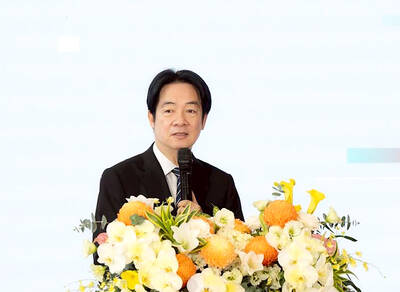
‘TROUBLEMAKER’: Most countries believe that it is China — rather than Taiwan — that is undermining regional peace and stability with its coercive tactics, the president said China should restrain itself and refrain from being a troublemaker that sabotages peace and stability in the Indo-Pacific region, President William Lai (賴清德) said yesterday. Lai made the remarks after China Coast Guard vessels sailed into disputed waters off the Senkaku Islands — known as the Diaoyutai Islands (釣魚台) in Taiwan — following a remark Japanese Prime Minister Sanae Takaichi made regarding Taiwan. Takaichi during a parliamentary session on Nov. 7 said that a “Taiwan contingency” involving a Chinese naval blockade could qualify as a “survival-threatening situation” for Japan, and trigger Tokyo’s deployment of its military for defense. Asked about the escalating tensions
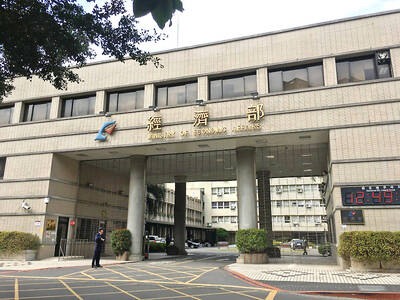
The Ministry of Economic Affairs said it plans to revise the export control list for strategic high-tech products by adding 18 items under three categories — advanced 3D printing equipment, advanced semiconductor equipment and quantum computers — which would require local manufacturers to obtain licenses for their export. The ministry’s announcement yesterday came as the International Trade Administration issued a 60-day preview period for planned revisions to the Export Control List for Dual Use Items and Technology (軍商兩用貨品及技術出口管制清單) and the Common Military List (一般軍用貨品清單), which fall under regulations governing export destinations for strategic high-tech commodities and specific strategic high-tech commodities. The